Best
Saxophone
for Kids
-
Overall: Uses traditional saxophone fingering
-
Best Feature: Waterproof design for easy maintenance
-
TedScore™: 6.5/10
Best
Overall Sax for Beginners
-
Overall: Yamaha quality creates the best student saxophone
-
Best Feature: Beautiful look and rich tone with a gold lacquer finish
-
TedScore™: 9/10
Best
High-End Sax for Beginners
-
Overall: Unparalleled Japanese build quality
-
Best Feature: Double-arm bell keys prevent distortion
-
TedScore™: 7.5/10
I’ve devoted loads of time uncovering the secrets of the keys for Alto Saxophone and the fingering system.
From performing on prestigious stages to honing my craft in the practice room, I’ve come to appreciate the crucial role that mastering the instrument’s keys plays in creating its mesmerizing melodies.
Picture this: the alto saxophone, pitched in the key of E-flat, possesses a unique charm that has enraptured music enthusiasts worldwide.
But here’s the kicker – when you play a written C, you hear the same pitch as an E-flat. It’s these delightful quirks that make the alto sax so intriguing.
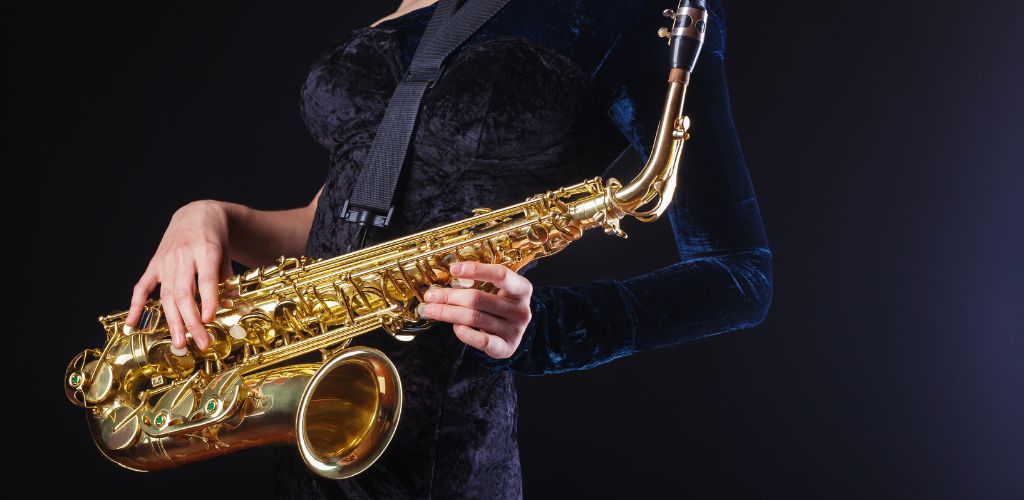
Mastering the strategic arrangement of keys on the melody saxophone is essential; it’s the key to unlocking a world of musical possibilities.
And let’s not forget the pivotal role of the octave keys, which expand the instrument’s sonic horizons.
Join me as we delve into the captivating world of alto saxophone keys, where every note and every key has a story.
Types of Keys on the Alto Saxophone
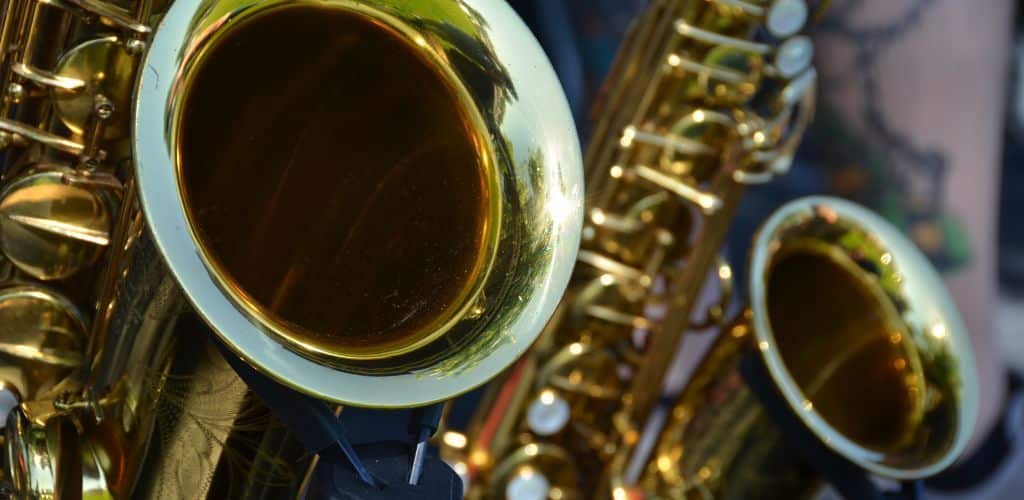
Generally, the keys can be categorized into four main groups: palm keys, side keys, regular keys (including both left-hand and right-hand keys), and the all-important octave key.
Functions and Roles of Each Key
Palm keys
These are the keys I control using the side of my palm, and they’re specifically designed for producing high notes on the alto sax. Usually, there are three palm keys located on the left-hand side of the instrument.
The first is for the high D, the second for the high E-flat, and the third for the high F. It’s worth mentioning that there’s an additional key called the high F-sharp key, typically present on modern instruments and accessible with the index finger on my right-hand palm.
Side keys
Moving further along the sax, I encounter the side keys on the instrument’s left and right sides.
On the left side of the B key are the B flat, C, and E keys, while on the right side is an F-sharp side key, C key, and the E key. These keys offer an alternative way to play specific notes, providing a more comfortable finger position for specific passages.
Regular keys
These consist of the basic left-hand and right-hand keys controlled by my fingers. On palm key of the left hand, five padded keys produce the notes B, A, G, F, and E, and four pinky keys for G#, F#, low B, and low B-flat.
Meanwhile, the right-handed keys include three padded keys (D, E, and F), two pinky keys (C and E-flat), and two “side” keys for different fingerings.
Octave key
One of my favorite keys on the alto sax is the octave key, which I operate using my left thumb. It makes the saxophone more versatile and helps transpose the notes up an octave without changing the fingerings for the respective notes.
Importance of Proper Key Usage
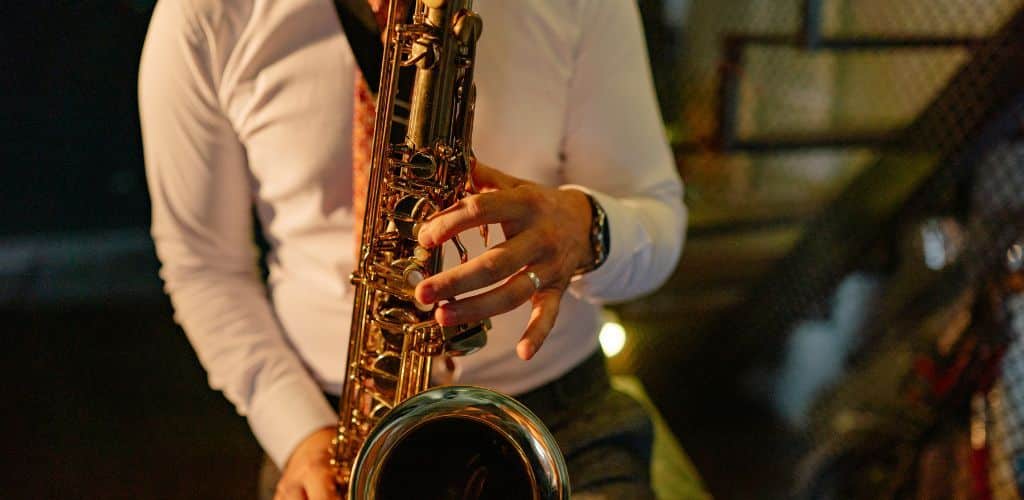
As I continue to master the alto saxophone, I realize that understanding the different keys and their specific functions allows for greater versatility and the ability to produce a rich and dynamic sound.
Proper key usage improves my technique and enables me to express myself musically in various genres. Emphasizing the right key usage and fingering will help me avoid common mistakes and excel in my saxophone journey.
Evolution of
Saxophone Keys
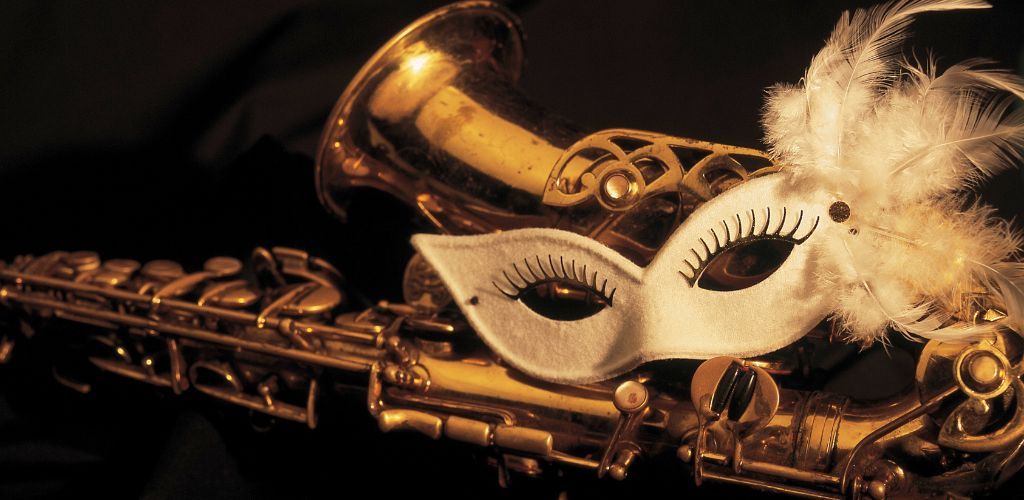
Historical Development of Key Systems
Adolphe Sax invented the saxophone in the 19th century, and its key design has undergone significant changes since then.
Initially, the saxophone featured simple key mechanisms for its time. However, the key system evolved as the instrument gained popularity and musicians sought to expand its range and capabilities.
Early saxophones had key systems that resembled those found on clarinets and flutes. As the saxophone’s historical development continued, many inventors and musicians began experimenting with key designs, striving to enhance the instrument’s performance and ease of use.
Impact of Key Design on Evolution
The alteration of key design has had a significant influence on the evolution of the saxophone. Key design impacts the saxophone’s range, affecting the music that can be played on it.
For instance, changes in the key systems allowed saxophones to transpose more easily between different keys, enabling a more expansive repertoire for musicians.
Being a transposing instrument, the saxophone family, comprising soprano, alto, tenor, and baritone, has different keys, such as Bb and Eb.
To put it simply, this means the alto sax, for example, plays in the key of Eb, but sounds like it’s in concert pitch when played alongside other instruments. The development of key systems has been crucial in maintaining the instrument’s versatility and function as a member of the woodwind family.
Notable Advancements in Key Technology
One of the most significant steps forward was the development of more ergonomic key placement on the instrument. Designing the keys to fit the hand’s natural curvature made it easier for musicians to play swiftly and accurately.
As a result, modern saxophones boast a highly refined key system that allows for greater control and expression.
Another notable advancement in key technology is using various materials to improve key performance. Modern sax keys are often made with high-quality materials to ensure durability and reduce wear.
Key Maintenance and Care
Tips for Cleaning and Lubricating Keys

After each practice or performance, be sure to gently wipe down your saxophone keys using a soft, clean cloth.
This helps remove dirt, moisture, and fingerprints that can cause corrosion over time.
Keep your keys functioning like a dream by applying a small amount of key oil to the moving parts. It’s essential to use a high-quality oil designed explicitly for saxophones.
Trust me; proper lubrication makes all the difference in the world.
Common Issues and Solutions
Stuck keys: If a key isn’t moving as smoothly as it should, it might be dirt buildup or insufficient lubrication. Clean the key using a soft cloth and reapply key oil as needed. Remember, a little goes a long way!
Bent keys: Accidents happen, and keys may get out of shape. Please don’t try to fix this yourself, as you may cause further damage. It’s best to take your alto sax to a professional for repair.
Our Best Alto Saxophones for Beginners
Yamaha YAS280 Student Alto Saxophone

PERFECT FOR: Student saxophone players
FEATURES: Beautiful look and rich tone with a gold lacquer finish
OTHER INFO: Easier response from lower notes with the improved, stronger B-C# mechanism
Yamaha YAS280 Student Alto Saxophone
- Register for a 5-year extended warranty and 3-month Tomplay Premium
- Includes case & high-quality 4C mouthpiece
- Yamaha quality creates the best student saxophone
- You might want to upgrade as you advance your playing skills
When you click ‘Check Price’, you’ll see there are loads of great places to buy this item. Our personal favorite is Sweetwater for the US, and Thomann and Gear4Music for the UK & Europe.
They are the largest music retailers, with excellent customer service, competitive prices, really fast shipping, and the longest guarantees.
The professional musician who wrote this article combined many things,
from the product build, manufacturer’s reputation through to feedback
from other users, to create our famous TedScore™.
Nuvo jSax

PERFECT FOR: Younger saxophone learners
FEATURES: The new mouthpiece can use standard saxophone or clarinet reeds
OTHER INFO: Waterproof design for easy maintenance
Nuvo jSax
- Uses traditional saxophone fingering
- Available in a range of bright colours
- Includes everything you need to get started
- Has a few different fingerings from the standard sax
- Reeds are made of plastic
When you click ‘Check Price’, you’ll see there are loads of great places to buy this item. Our personal favorite is Sweetwater for the US, and Thomann and Gear4Music for the UK & Europe.
They are the largest music retailers, with excellent customer service, competitive prices, really fast shipping, and the longest guarantees.
The professional musician who wrote this article combined many things,
from the product build, manufacturer’s reputation through to feedback
from other users, to create our famous TedScore™.
Yanagisawa AWO37 Alto Saxophone, Solid Silver

PERFECT FOR: Beginners and advanced students
FEATURES: Luxurious metals offer a direct and pure sound
OTHER INFO: Underslung octave key offers a faster response
Yanagisawa AWO37 Alto Saxophone, Solid Silver
- Double-arm bell keys prevent distortion
- Unparalleled Japanese build quality
- Includes a wood shell case and mouthpiece
- Very expensive for a student alto saxophone
When you click ‘Check Price’, you’ll see there are loads of great places to buy this item. Our personal favorite is Sweetwater for the US, and Thomann and Gear4Music for the UK & Europe.
They are the largest music retailers, with excellent customer service, competitive prices, really fast shipping, and the longest guarantees.
The professional musician who wrote this article combined many things,
from the product build, manufacturer’s reputation through to feedback
from other users, to create our famous TedScore™.
Keys For Alto Saxophone:
Summary
As a young saxophonist, I vividly remember the struggle of mastering those tricky keys and scales on the alto saxophone. But fear not! I have some sage advice to share.
When it comes to keys and scales, embrace the challenge! Start with the friendlier keys like G, C, F, and D, then fearlessly tackle the more formidable ones like F#, C#, B, and Ab. Trust me, conquering the tough ones will make the more accessible keys a breeze.
Now, let’s talk fingering – your left-hand rules the top three keys, while your pinky takes charge of the ‘cluster’ of four notes.
Meanwhile, your right hand handles the D, Eb, and F keys. It’s all about mastering those hand and finger positions for smooth, effortless playing.
Practice is your trusty conductor in the grand symphony of mastering the alto saxophone. Embrace the challenge, fine-tune your fingerings, and watch your musical prowess soar.
So, keep practicing, keep exploring, and keep the alto saxophone serenading the world with your melodious magic!
Before you go…
Check out this next article on the Best Reeds for Alto Sax and explore the best reeds to enhance your instrument’s performance!
FAQ's
The alto saxophone has a range of keys, including palm, side, and octave keys, each serving a specific function in producing different notes and effects. These keys are strategically arranged to allow a wide range of possible notes to be played on the instrument.
The easiest keys for the alto saxophone are typically G, C, F, and D, while keys such as E, Eb, A, and Bb are moderately difficult. Mastering these more accessible keys can provide a solid foundation for saxophonists to build upon.
Yes, an alto saxophone can play in any key, as it is a transposing instrument capable of producing a wide range of notes across different keys. With the right fingering and technique, saxophonists can perform in various musical keys.
The keys on the alto and tenor saxophones are similar in function whole tone and arrangement, but due to the difference in size and pitch between the two instruments, the specific fingerings for each note may vary slightly. The key systems are comparable, with some nuanced differences to accommodate the instruments’ unique characteristics.




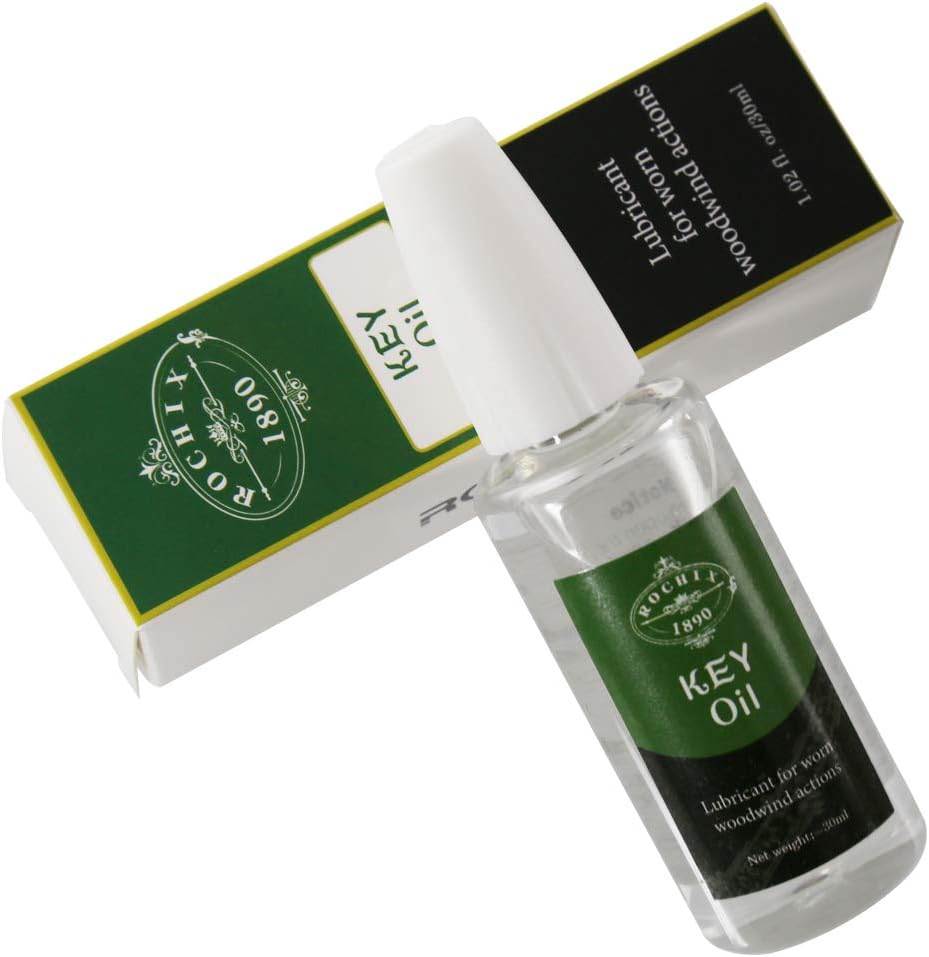
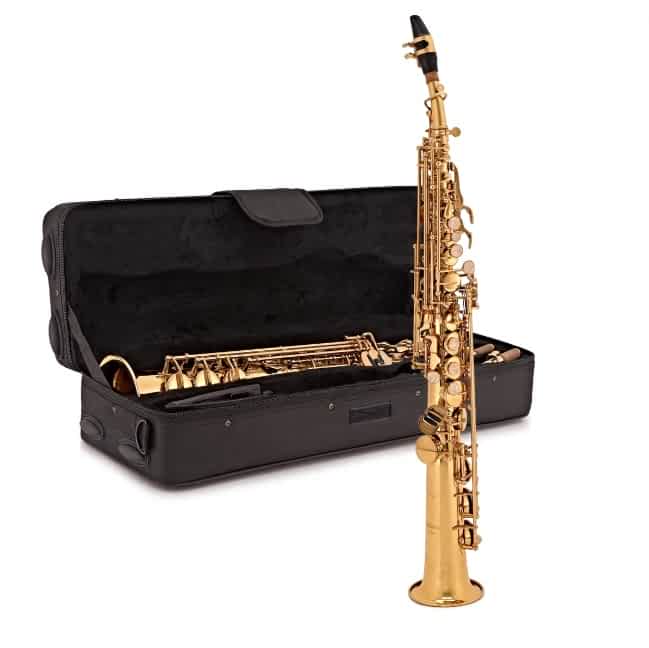








I found the article quite insightful, especially the section on the types of keys and their functions. It’s clear that understanding each key’s role can significantly enhance a player’s technique. However, as a beginner, I’m struggling with the octave key. Its positioning and my hand size seem to be at odds. Could there be alternative techniques for smaller hands? Guy Passey, if you have any advice or additional resources, it would be greatly appreciated.
While I agree with most of what’s said about the importance of key usage and care, I think there’s more that can be done to highlight the evolution of sax keys. The complexity added by new key designs over the years isn’t just for show; it significantly affects playability and sound. Would like to see more on how these changes have influenced teaching methods.
Read through the bit about key maintenance, totally agree keeping your sax clean is a must. Learned the hard way when keys started sticking during a gig. Regular oiling’s the game changer.
Absolutely! Regular maintenance can really make a difference in performance. Also, gentle cleaning after every use works wonders.
Hey, just started learning the alto sax and was curious about how often should i really be cleaning those keys? getting mixed advice here. Thanks for any tips!